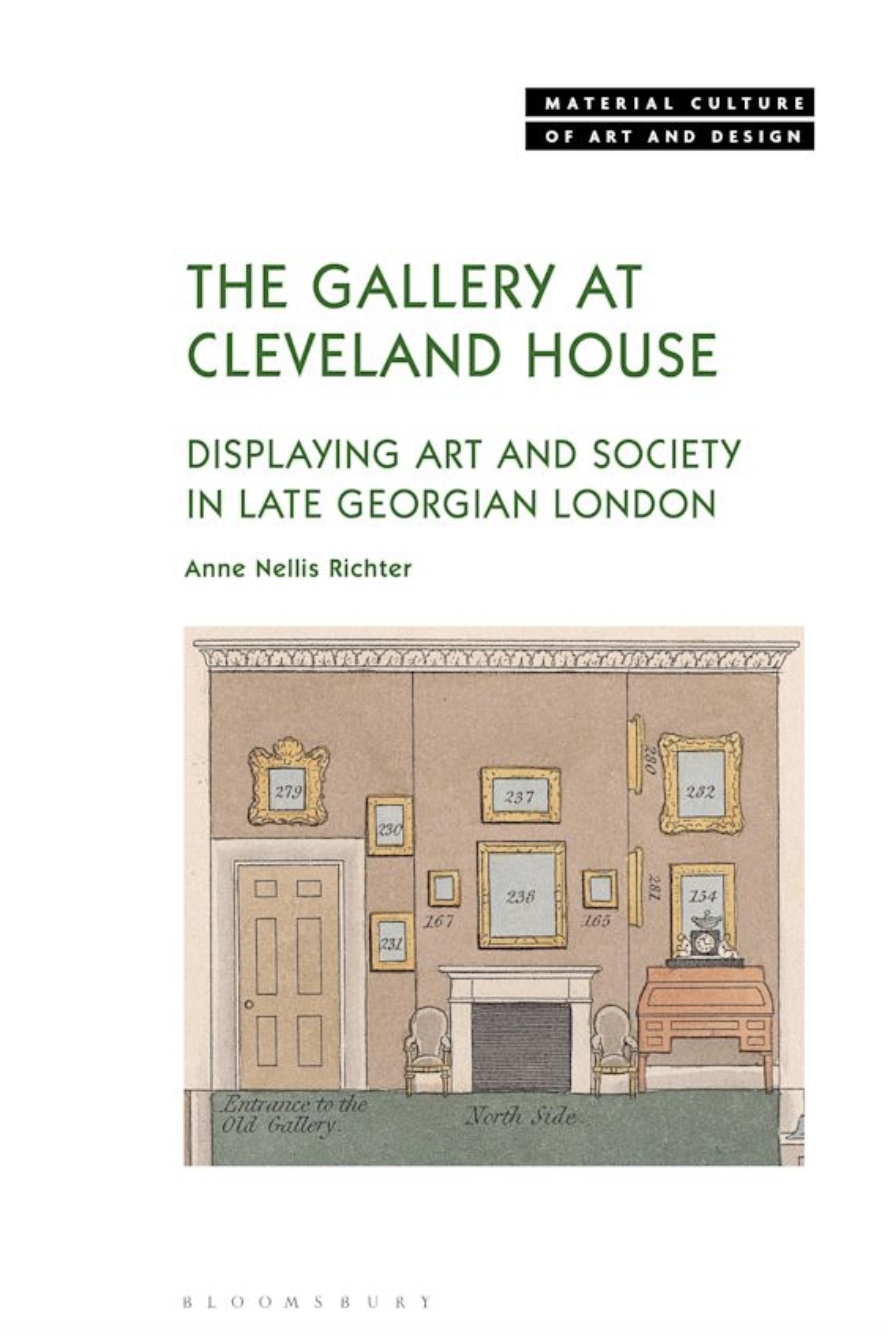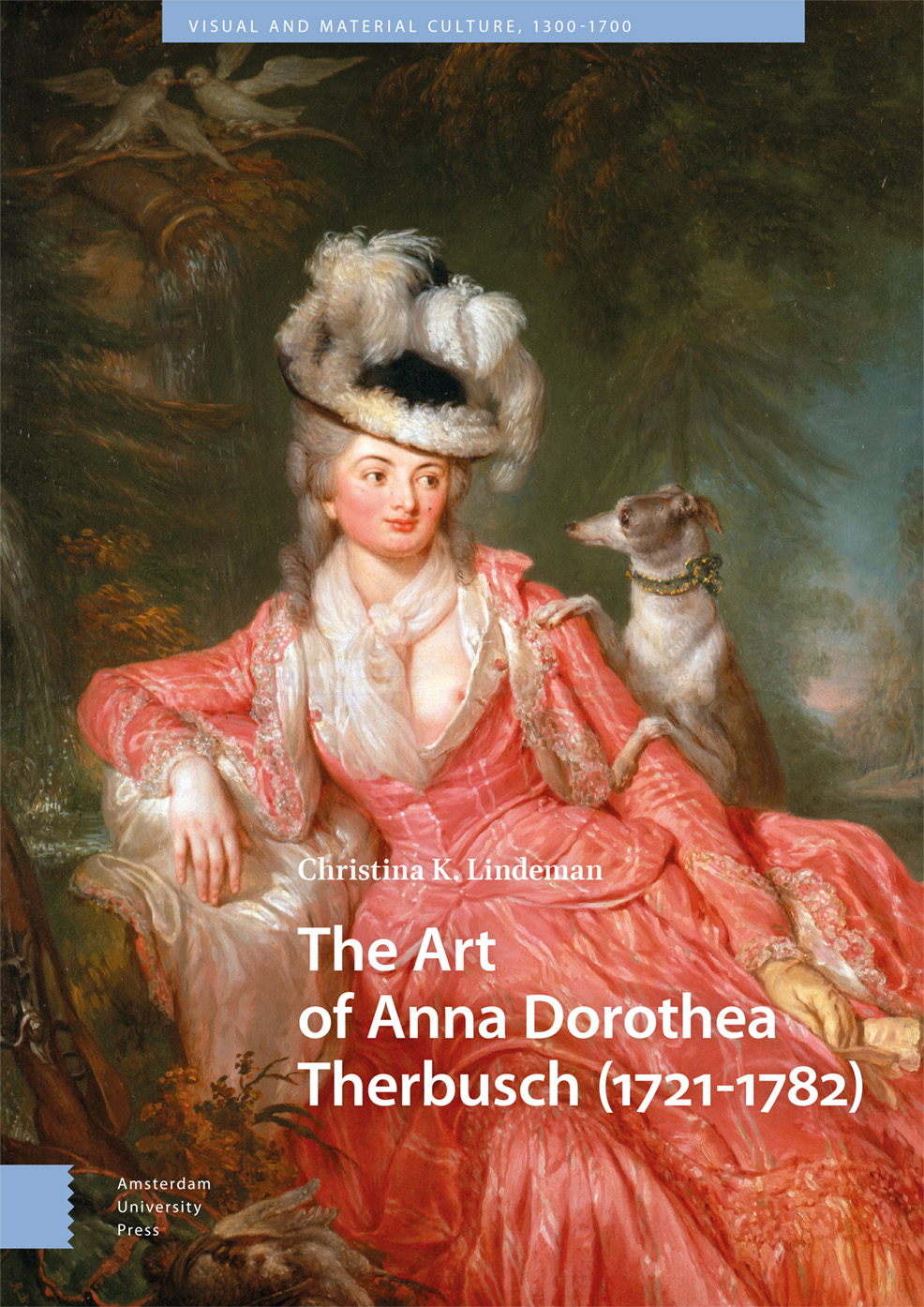New Book | Strangers Within
From Princeton UP:
Francisco Bethencourt, Strangers Within: The Rise and Fall of the New Christian Trading Elite (Princeton: Princeton University Press, 2024), 624 pages, ISBN: 978-0691209913, $45 / £38.
A comprehensive study of the New Christian elite of Jewish origin—prominent traders, merchants, bankers, and men of letters—between the fifteenth and eighteenth centuries
 In Strangers Within, Francisco Bethencourt provides the first comprehensive history of New Christians, the descendants of Jews forced to convert to Catholicism in late medieval Spain and Portugal. Bethencourt estimates that there were around 260,000 New Christians by 1500—more than half of Iberia’s urban population. The majority stayed in Iberia but a significant number moved throughout Europe, Africa, the Middle East, coastal Asia, and the New World. They established Sephardic communities in North Africa, the Ottoman Empire, Italy, Amsterdam, Hamburg, and London. Bethencourt focuses on the elite of bankers, financiers, and merchants from the fifteenth to the eighteenth centuries and the crucial role of this group in global trade and financial services. He analyses their impact on religion (for example, Teresa de Ávila), legal and political thought (Las Casas), science (Amatus Lusitanus), philosophy (Spinoza), and literature (Enríquez Gomez).
In Strangers Within, Francisco Bethencourt provides the first comprehensive history of New Christians, the descendants of Jews forced to convert to Catholicism in late medieval Spain and Portugal. Bethencourt estimates that there were around 260,000 New Christians by 1500—more than half of Iberia’s urban population. The majority stayed in Iberia but a significant number moved throughout Europe, Africa, the Middle East, coastal Asia, and the New World. They established Sephardic communities in North Africa, the Ottoman Empire, Italy, Amsterdam, Hamburg, and London. Bethencourt focuses on the elite of bankers, financiers, and merchants from the fifteenth to the eighteenth centuries and the crucial role of this group in global trade and financial services. He analyses their impact on religion (for example, Teresa de Ávila), legal and political thought (Las Casas), science (Amatus Lusitanus), philosophy (Spinoza), and literature (Enríquez Gomez).
Drawing on groundbreaking research in eighteen archives and library manuscript departments in six different countries, Bethencourt argues that the liminal position in which the New Christians found themselves explains their rise, economic prowess, and cultural innovation. The New Christians created the first coherent legal case against the discrimination of a minority singled out for systematic judicial inquiry. Cumulative inquisitorial prosecution, coupled with structural changes in international trade, led to their decline and disappearance as a recognizable ethnicity by the mid-eighteenth century. Strangers Within tells an epic story of persecution, resistance, and the making of Iberia through the oppression of one of the most powerful minorities in world history. Packed with genealogical information about families, their intercontinental networks, their power, and their suffering, it is a landmark study.
Francisco Bethencourt is the Charles Boxer Professor of History at King’s College London. He is the author of Racisms: From the Crusades to the Twentieth Century (Princeton) and The Inquisition: A Global History, 1478–1834.
New Book | An Economy of Strangers
From Penn Press:
Avinoam Yuval-Naeh, An Economy of Strangers: Jews and Finance in England, 1650–1830 (Philadelphia: University of Pennsylvania Press, 2024), 264 pages, ISBN: 978-1512825053, $65.
 One of the most persistent, powerful, and dangerous notions in the history of the Jews in the diaspora is the prodigious talent attributed to them in all things economic. From the medieval Jewish usurer through the early-modern port-Jew and court-Jew to the grand financier of the nineteenth and twentieth centuries and contemporary investors, Jews loom large in the economic imagination. For capitalists and Marxists, libertarians and radical reformers, Jews are intertwined with the economy. This association has become so natural that we often overlook the history behind the making and remaking of the complex cluster of perceptions about Jews and economy, which emerged within different historical contexts to meet a variety of personal and societal anxieties and needs.
One of the most persistent, powerful, and dangerous notions in the history of the Jews in the diaspora is the prodigious talent attributed to them in all things economic. From the medieval Jewish usurer through the early-modern port-Jew and court-Jew to the grand financier of the nineteenth and twentieth centuries and contemporary investors, Jews loom large in the economic imagination. For capitalists and Marxists, libertarians and radical reformers, Jews are intertwined with the economy. This association has become so natural that we often overlook the history behind the making and remaking of the complex cluster of perceptions about Jews and economy, which emerged within different historical contexts to meet a variety of personal and societal anxieties and needs.
In An Economy of Strangers, Avinoam Yuval-Naeh historicizes this association by focusing on one specific time and place—the financial revolution that England underwent from the late seventeenth century that coincided with the reestablishment of the Jewish population there for the first time in almost four hundred years. European Christian societies had to that point shunned finance and constructed a normative system to avoid it, relying on the figure of the Jew as a foil. But as the economy modernized in the seventeenth century, finance became the hinge of national power. Finance’s rise in England provoked intense national debates. Could financial economy, based on lending money on interest, be accommodated within Christian state and society when it had previously been understood as a Jewish practice?
By projecting the modern economy and the Jewish community onto each other, the Christian majority imbued them with interrelated meanings. This braiding together of parallel developments, Yuval-Naeh argues, reveals in a meaningful way how the contemporary and wide-ranging association of Jews with the modern economy could be created.
Avinoam Yuval-Naeh is a post-doctoral fellow at the University of Haifa. He is the author of articles in The Journal of Early Modern History and Historia. This is his first book.
Call for Papers | Jewish Art and Museums in Latin America
From ArtHist.net:
Jewish Museums and Professionals in Jewish Art and Material Culture in Latin America
Museos Judíos y Profesionales del Arte y Cultura Material Judía en América Latina
Sociedad Hebraica Argentina, Buenos Aires, 19–21 November 2024
Proposals due by 15 August 2024
Organized by Sociedad Hebraica Argentina with support from the World Union for Jewish Studies and the Latin American Jewish Studies Association
We invite proposals for papers to be presented at the first seminar for Jewish Museums and Professionals in Jewish Art and Material Culture in Latin America, to be held at Sociedad Hebraica Argentina, Buenos Aires, in November 2024. We welcome proposals from curators, conservators, educators, art historians, artists, and researchers in Jewish studies.
The seminar aims to bring together a small group of professionals in Jewish museums and art to explore the question of Jewish art and museums in Latin America. Over three days, participants will give short presentations on their individual experiences, research, and institutions, engaging in discussions on sources, methodology, and theory to evaluate current and future trends, as well as common challenges, at the intersection of museums and art related to the Jewish experience in Latin America. Additionally, participants will engage in practical workshops and visits to relevant local museums and collections.
Jewish museums have existed in Latin America since the mid-20th century. However, the region lacks a network to connect and share experiences among museums that can enrich museum activities: education, visitor centers, provenance research, collection management, preservation, and research. Understanding that Latin American Jewish museums are underrepresented in both museum studies and Jewish studies, the purpose of this seminar is to bring together professionals in Jewish art, collectors, professionals from museums of Jewish history and material culture, archivists, librarians, educators, and scholars in Jewish studies to develop a program of exchange and debate on the current situation of the field in the Latin American region.

The Mikvé Israel-Emanuel Synagogue (The Hope of Israel-Emanuel Synagogue) in Willemstad, Curaçao is, according to Wikipedia, “the oldest surviving synagogue in the Americas. . . . The community (congregation Mikvé Israel) dates from the 1650s, and consisted of Spanish and Portuguese Jews from the Netherlands and Brazil. . . . The first synagogue building was purchased in 1674; the current building dates from 1730.” Photo from January 2008, Wikimedia Commons. Image added to the Call for Papers at Enfilade by Craig Hanson
Based on case studies of experiences in producing Jewish art and presenting Jewish history and experiences through exhibitions, as well as the conservation and dissemination of museum and archival material, we seek to identify different approaches and key themes of the field in relation to our region. The focus areas may include, but are not limited to:
• Exhibition of Jewish history and culture: Jewish history and culture in general and in Latin America. Jewish immigration and presence in Latin American countries.
• Exhibition spaces: Jewish sections in historical museums, in synagogues, and in art museums.
• Jewish art: contemporary art, Jewish art salons, Latin American Jewish artists.
• Holocaust and memory: Holocaust museums and memory spaces.
• Education and accessibility: education programs in museums and interaction with the community.
• Digitization and technology: digital and online museums, digitization projects, and collections of Jewish material culture in archives and libraries.
• Conservation and collection management: provenance research and management of art, archive, and Jewish material culture collections. Management of donations.
• Methodology and research: research methodologies in museums, research on Jewish material culture, and research on the Jewish presence in Latin America.
The seminar will be conducted in Spanish, but presentations in English and Portuguese will also be accepted. Submit short proposals (maximum of 500 words) and a one-page CV to Tammy Kohn (tammykohn@gmail.com) and Hebraica (cultura@hebraica.org.ar) by August 15. Selected applicants will be notified in September. Participants and their institutions are responsible for covering travel and accommodation expenses, but limited financial assistance is available upon request. Requests for financial aid must be submitted by August 1. Full papers must be submitted by November 1 for circulation in advance.
Important Dates
Submission of proposals: by 15 August 2024
Request for financial aid: by 1 August 2024
Notification of acceptance to participants: September 2024
Submission of papers: by 1 November 2024
Seminar date: 19–21 November 2024



















leave a comment